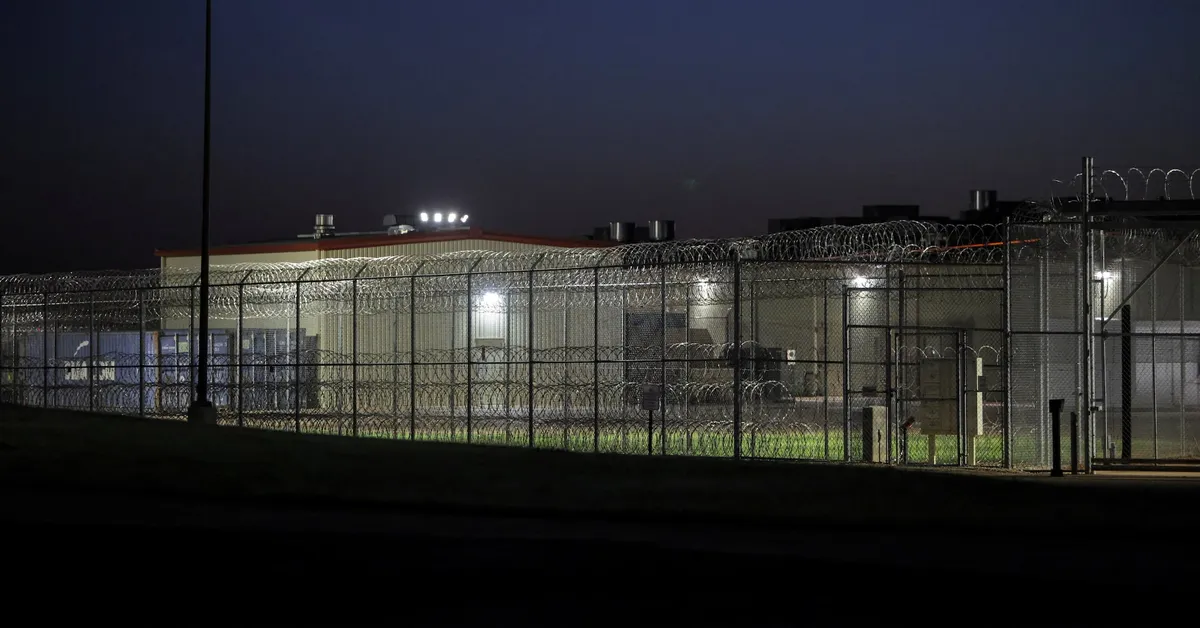
On April 28, 2023, a White House official announced that U.S. President Donald Trump is set to sign an executive order on Monday aimed at intensifying his administration's efforts against cities and states that are not complying with federal immigration laws. This order will direct the Attorney General and the Secretary of Homeland Security to identify within one month the jurisdictions that fail to adhere to these laws. The move underscores Trump's ongoing battle with Democratic-led states and cities that have adopted sanctuary policies.
Last week, a federal judge intervened, blocking the Trump administration from withholding federal funding from over a dozen so-called sanctuary jurisdictions. These jurisdictions have chosen not to cooperate with Trump's stringent immigration enforcement efforts. The executive order is part of Trump's strategy to shift the balance of power back to federal authorities in the ongoing debate over immigration policy.
According to sources, Trump plans to sign the executive orders at 5 p.m. EST. This executive action comes during a pivotal time in his administration, as Trump has already moved quickly in his first hundred days to strip legal immigration status from hundreds of thousands of individuals. His administration has been working to increase the pool of people eligible for deportation, aiming to elevate removal rates to historic levels.
The Republican president has also targeted humanitarian legal entry programs initiated by his Democratic predecessor, further intensifying the national debate over immigration. Additionally, the administration has revoked visas from numerous students who participated in protests or who had minor criminal charges, including traffic offenses. These aggressive measures have drawn significant attention and criticism from various sectors of society.
The American public remains divided on Trump's immigration approach. However, a recent Reuters/Ipsos poll conducted in mid-April indicates that Trump holds a 45% approval rating specifically regarding immigration policy, which is notably higher than his approval ratings on other major issues. This statistic reflects the ongoing complexities and varied opinions surrounding immigration in the United States.
As President Trump prepares to sign this executive order, the implications for both states and federal immigration policy will likely unfold in the coming weeks, sparking further debates on the balance of power in immigration enforcement.